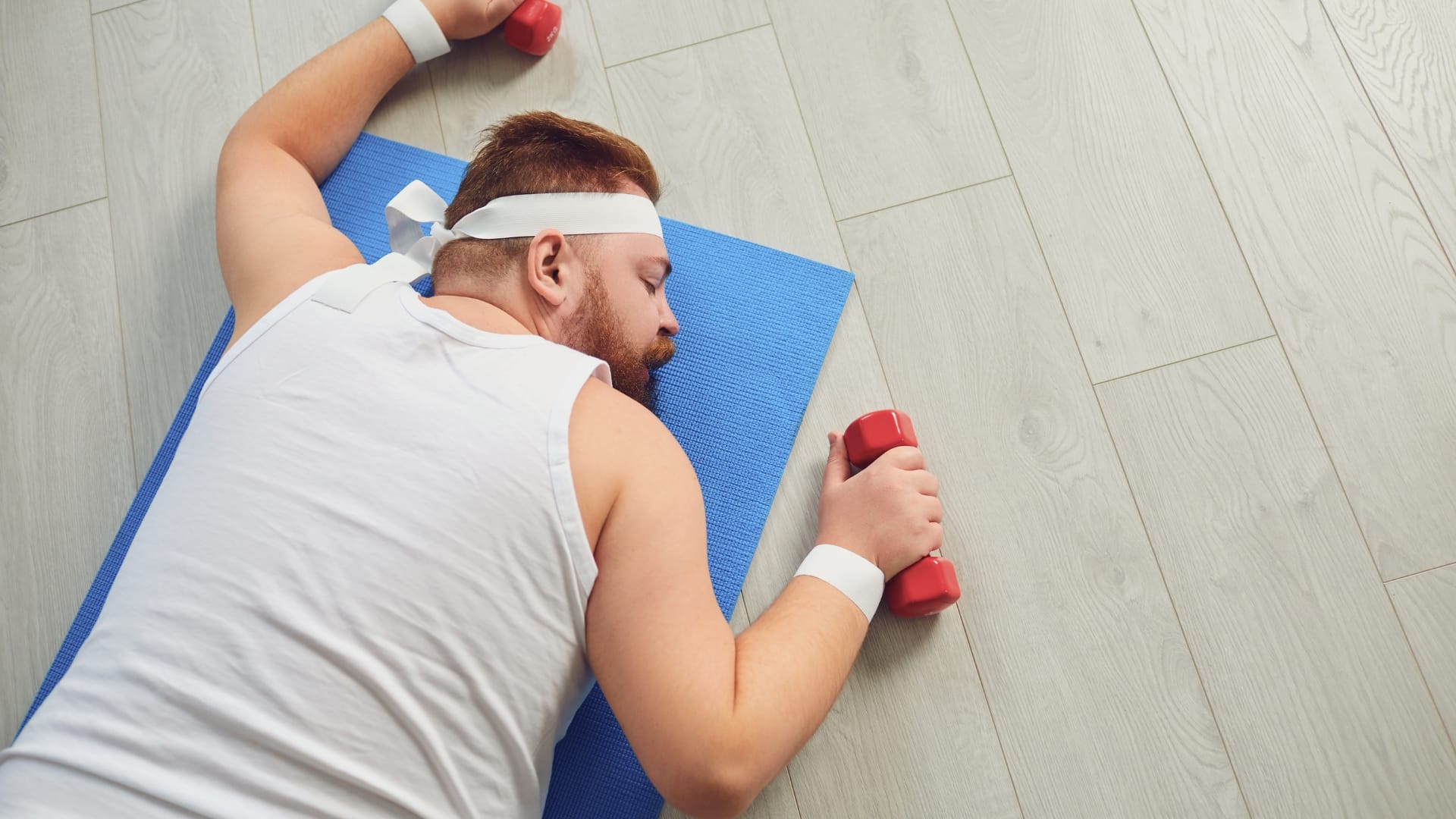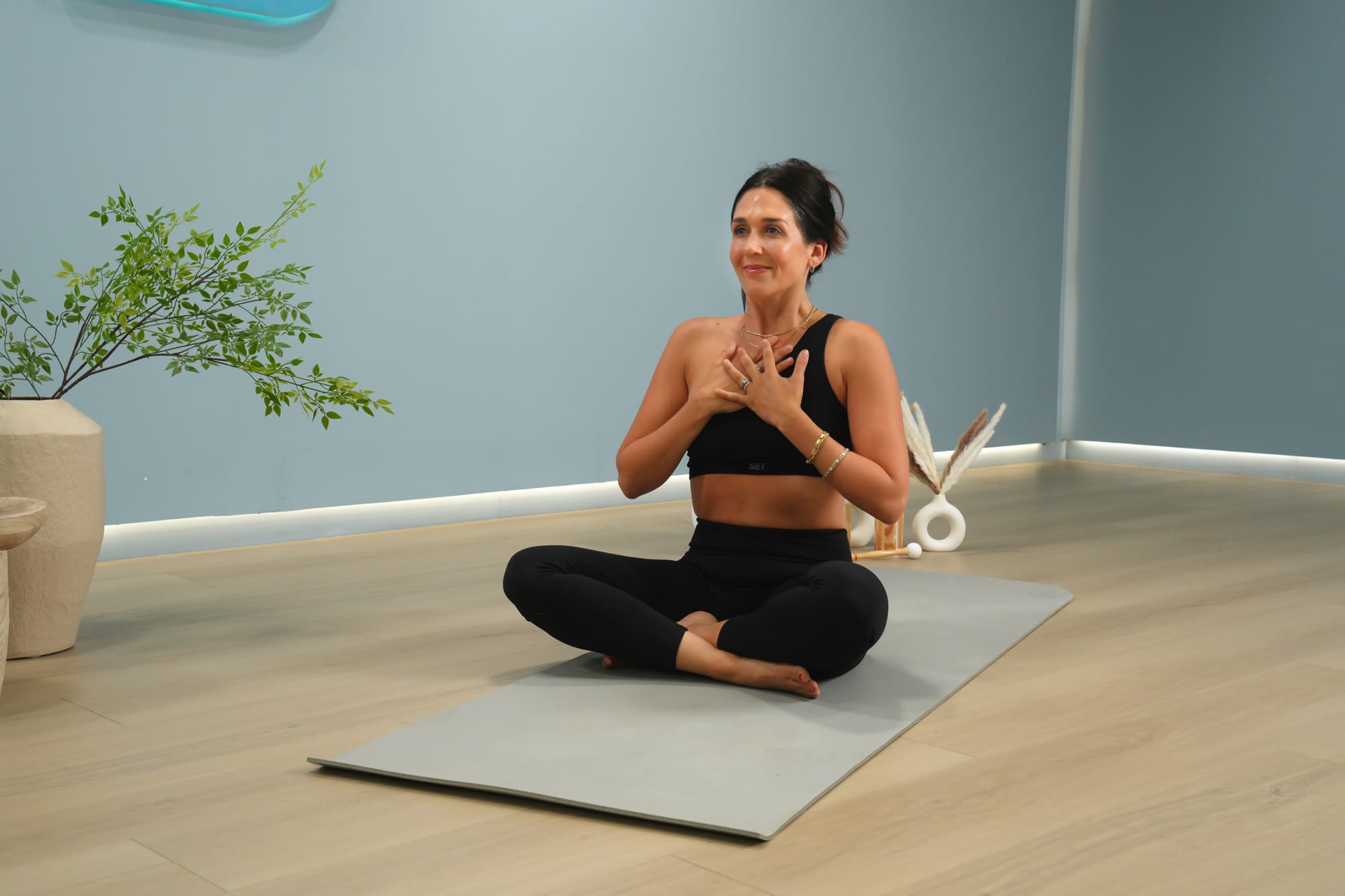
Top Mistakes Beginners Make When Starting a Workout Routine
Starting a new workout routine can feel like a big step—and it is. But if you’re just beginning your fitness journey, it's easy to make choices that slow your progress or even lead to injury. With years of experience in coaching beginners, we see a lot of people come in with great intentions, only to feel frustrated or burned out within a few weeks. That’s why we’re breaking down the most common mistakes beginners make—and how to avoid them.
Whether you're planning to work out at home, get a new gym membership, or follow an on-demand class, steering clear of these pitfalls will set you up for long-term success.
1. Starting Without a Clear Plan
It’s tempting to jump into random workouts you see online, but without a structured plan, progress is hard to measure—and motivation drops fast.
Why it matters:
Research published in the Journal of Sports Science & Medicine found that individuals who followed a structured, progressive training plan were 30% more likely to maintain regular activity after 8 weeks compared to those with no plan.
What to do instead:
Choose a beginner-friendly program or start a customized workout plan that gradually increases intensity over time. At Step.co, our AI-powered tools with real coach guidance help you build a plan that matches your goals and energy levels.

2. Overtraining or Going Too Hard, Too Soon
Motivation spikes early on, and that often leads to doing too much, too fast—resulting in soreness, fatigue, or even injury.
The data says:
According to the American Council on Exercise, up to 60% of beginners experience burnout or injury within the first 6 weeks of starting a workout plan—often from overtraining.
What to do instead:
Ease in with short, low-impact classes 3–4 times a week. Let your body adapt. Mix in recovery sessions, like breathwork or mobility, to reduce inflammation and support muscle repair.
3. Skipping Warm-Ups and Cool-Downs
Warm-ups and cool-downs aren’t optional—they’re essential for preventing injury and improving performance.
The evidence:
A meta-analysis in Sports Medicine (2021) showed that proper warm-up routines can reduce injury risk by over 40% and improve perceived workout quality.
What to do instead:
Begin each session with 3–5 minutes of dynamic movement (e.g., arm circles, lunges, hip openers). End with static stretches or light mobility work to cool down and recover.

4. Focusing Only on Cardio or One Type of Workout
Doing only cardio or only strength might feel like a safe entry point—but limiting your movement variety can lead to plateaus or imbalances.
Why variety matters:
The Physical Activity Guidelines for Americans recommends combining aerobic, strength, and flexibility training for optimal health. Cross-training has also been shown to increase long-term adherence to exercise habits.
What to do instead:
Mix it up. Try a dance workout for cardio, a martial arts class for coordination and power, and a bodyweight strength session for muscle tone. Step.co’s class filters help you explore different styles based on your energy and goals.
5. Comparing Yourself to Others (Especially Online)
Comparison is the thief of joy—and progress. Scrolling through perfectly curated fitness content can make you feel behind before you even start.
The psychology:
A study published in Body Image (2022) found that fitness-related social media use was strongly linked to negative self-perception and reduced motivation among beginners.
What to do instead:
Focus on consistency, not perfection. Celebrate your own progress—whether that’s doing 10 minutes of dance cardio or showing up for a week strength program straight. Our instructors at Step.co remind users: you’re not late, and you’re not behind—you’re starting, and that’s powerful.

Final Thoughts
Fitness isn’t about doing everything right from day one—it’s about showing up consistently, learning as you go, and staying kind to your body. Avoiding these common beginner mistakes can help you stay injury-free, motivated, and excited to keep moving.
If you’re not sure where to start, Step.co offers free, coach-led class and programs tailored for beginners, families, and people returning to fitness. You can start slow, explore different formats, and build habits that last—on your terms.
The best online fitness platform for everyone!
Read More

How Many Calories Should You Burn a Day?
Boost It with Consistent Movement How Many Calories Do You Burn Daily? Understanding your daily calorie burn starts with your basal metabolic rate (BMR) — the amount your body expends just to stay alive. For the average adult, that looks like: * Women: approximately 1,600–2,200 kcal/day * Men: around 2,200–3,000 kcal/day These figures account for basic body functions, but not for movement or exercise. Add daily life and activity to the mix, and: * An active young man aiming to lose wei

Stretching Before Bed: How a Gentle Ritual Improves Sleep.
Let’s face it: after a long day, your mind is buzzing and muscles are tight. What if a simple few minutes of stretching could help you sleep deeper, reduce stress, and wake up feeling better? Turns out, science says yes. The Benefits of Stretching Before Sleep 1. Improves Sleep Quality: A 2024 meta-analysis involving over 1,200 participants found stretching before bed delivered a large 8.88% improvement in sleep efficiency, a moderate 4.36% decrease in time to fall asleep, and a very large 14

The Best Online Coaching Tools in 2025—And One That Actually Pays You!
Why More Coaches Are Choosing Step.co Over Expensive Platforms Like Kajabi or Upcoach? Why Coaches Need Digital Tools Today’s coaching world demands hybrid delivery—live sessions, in‑person practice, plus at-home drills via video, messaging, programs or pre‑recorded content. Digital tools let coaches manage schedules, host live classes, deliver training programs, and communicate with clients seamlessly. They also help reach a broader audience—anywhere, anytime—making healthy living accessibl